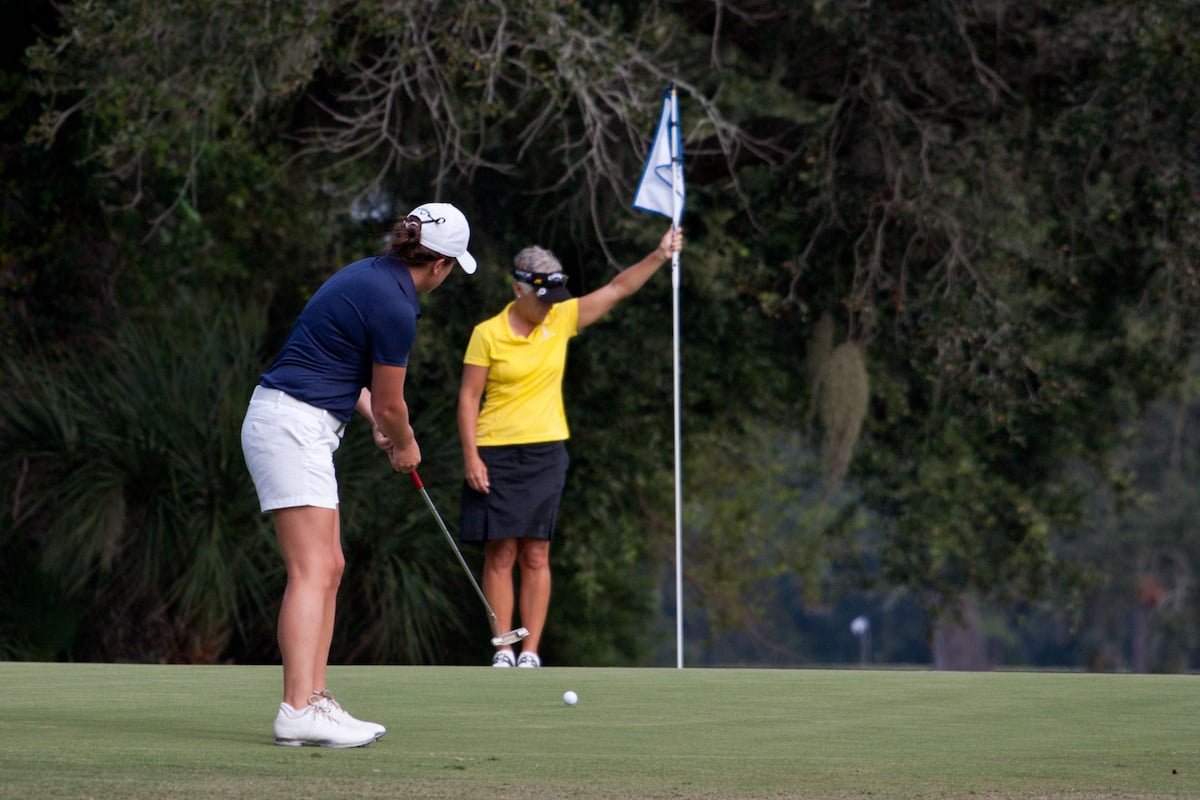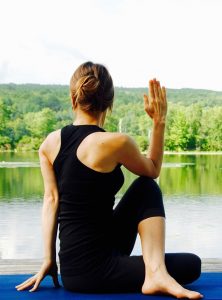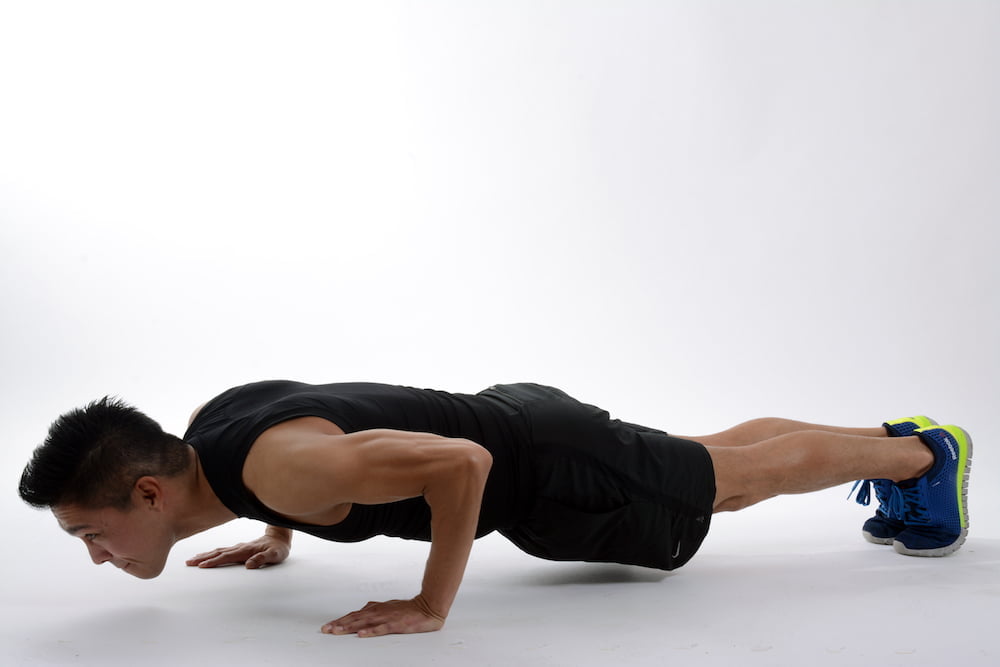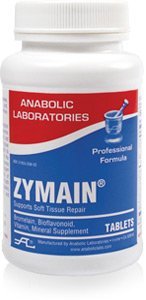
How to prevent pain while playing a sport (it’s all in how you prep!)
Golf, basketball, tennis, softball….these and other sports are fulfilling hobbies for adults.
You don’t have to do sports as an elite athlete or professional to get the benefits of staying physically fit while developing life skills such as teamwork, leadership and dedication.
But whether you are a pro or hobbyist, we want you to be able to play your chosen sport with as little pain or injury as possible. Staying pain-free and uninjured is critical – for enjoyment as an amateur or for your livelihood if it is your profession.
So how do you stay a step ahead…and prevent pain while playing a sport? Here are four preventative strategies we recommend – and our role in each of them.
Condition before you start playing
It is critical to condition yourself ahead of time before jumping into a sport. A person can’t just throw themselves into a new sport without gradually conditioning the body to develop strength, flexibility, speed, endurance and the skills unique to the sport.
Start by getting a sports physical before you begin playing your sport. At Life Care Chiropractic and Wellness Center, we are able to assess and correct your faulty movement patterns. Every athlete has a weak link somewhere that can make them more prone to injury. So, we’ll help you identify yours. Improving these weak links or poor movement patterns can go a long way in helping you stay well and injury-free.
Next, develop your core strength and work on your breathing. Believe it or not, an athlete’s core is involved in just about every action, stabilizes the spine and pelvis and providing a firm anchor for the extremities. Breathing correctly matters too! Proper movement of the diaphragm stabilizes the body and prevents injury by creating stabilizing intra-abdominal pressure in 360 degrees. At Life Care Chiropractic and Wellness Center, we have processes that evaluate the breath and determine if there are deficiencies in intra-abdominal pressure that could leave you vulnerable to injury or pain – please take advantage of this!
Finally, develop a habit for both a static stretch and a dynamic warm-up to do before you participate in your sport. Studies have shown that the dynamic warm-up is even more important than stretching for injury prevention. It warms up the muscles and prepares them for the activity coming next. We like some of these pre-exercise warmup ideas from Men’s Fitness.
Make sure you have the right footgear
Another critical component of playing sports pain-free is wearing custom-made foot orthotics. Your feet are your foundation, after all. Pronation, arch collapse or even unsupported high arches can leave you vulnerable to pain and injury. In our office, we do a 3D foot scan to assess the condition of your feet and prescribe Foot Levelers orthotics when needed. Foot Levelers has done research showing positive effects of athletes wearing orthotics during their sport. From reducing football injuries, creating some improvement of vertical leap and improving balance and proprioception in golfers, orthotics have been shown to have positive effects for athletes.
It is no secret that most professional athletes and Olympians are routinely treated by a chiropractor. And no wonder – seeing a chiropractor on a regular basis helps to achieve optimal function and performance of an athlete. Chiropractors are uniquely trained to looks at biomechanics, nervous system function, balance and posture. If an athlete does experience pain, chiropractic is a great way to quickly get the person out of pain naturally and effectively.
Getting connected with a chiropractor before you begin playing a sport or have a sports-related injury is a smart move. Tom Brady of the New England Patriots said, “Chiropractic just makes you feel so much better. When I walk out of the clinic, I feel like I’m about three inches taller and everything’s in place. And as long as I see the chiropractor, I feel like I’m one step ahead of the game.”
Fuel your body properly
You may not realize this but nutrition is critical in staying fit and pain-free. It starts with proper hydration and electrolyte balance to prevent muscles from going into spasms and generating cramps and strains. But proper nutrition is also essential in maintaining strength, speed and endurance during play. If you do end up in pain after playing your sport, there are many ways to turn down inflammatory pathways with food and supplement protocols. Tumeric and Omega 3 fish oils are great for reducing inflammation. Also, we actually have a way of testing your Inflammation Index through a finger prick test and can use the results to make a plan for reducing your inflammation. Just ask us about it.
Move in other ways
 Our last preventative strategy is to find ways to move your body in ways that aren’t the same as the repetitive movements of your chosen sport. Anytime you do a motion over and over again, you run the risk of injury. Variety of movement is important to mitigate this risk. Take a yoga class once a week, get together with some friends for a friendly game of softball or kickball or go for a hike on the weekend. Just do physical activity that is different from your normal sport. And remember that everyone needs a rest day so that the body can heal and restore itself.
Our last preventative strategy is to find ways to move your body in ways that aren’t the same as the repetitive movements of your chosen sport. Anytime you do a motion over and over again, you run the risk of injury. Variety of movement is important to mitigate this risk. Take a yoga class once a week, get together with some friends for a friendly game of softball or kickball or go for a hike on the weekend. Just do physical activity that is different from your normal sport. And remember that everyone needs a rest day so that the body can heal and restore itself.
It may be impossible to go through a season of sports with absolutely no pain or injury, but there you can lessen your odds for an injury, how much pain you will be in and how long you will be in pain. Just follow some of our preventative strategies. And maybe just maybe, you can get through your season completely pain-free!



